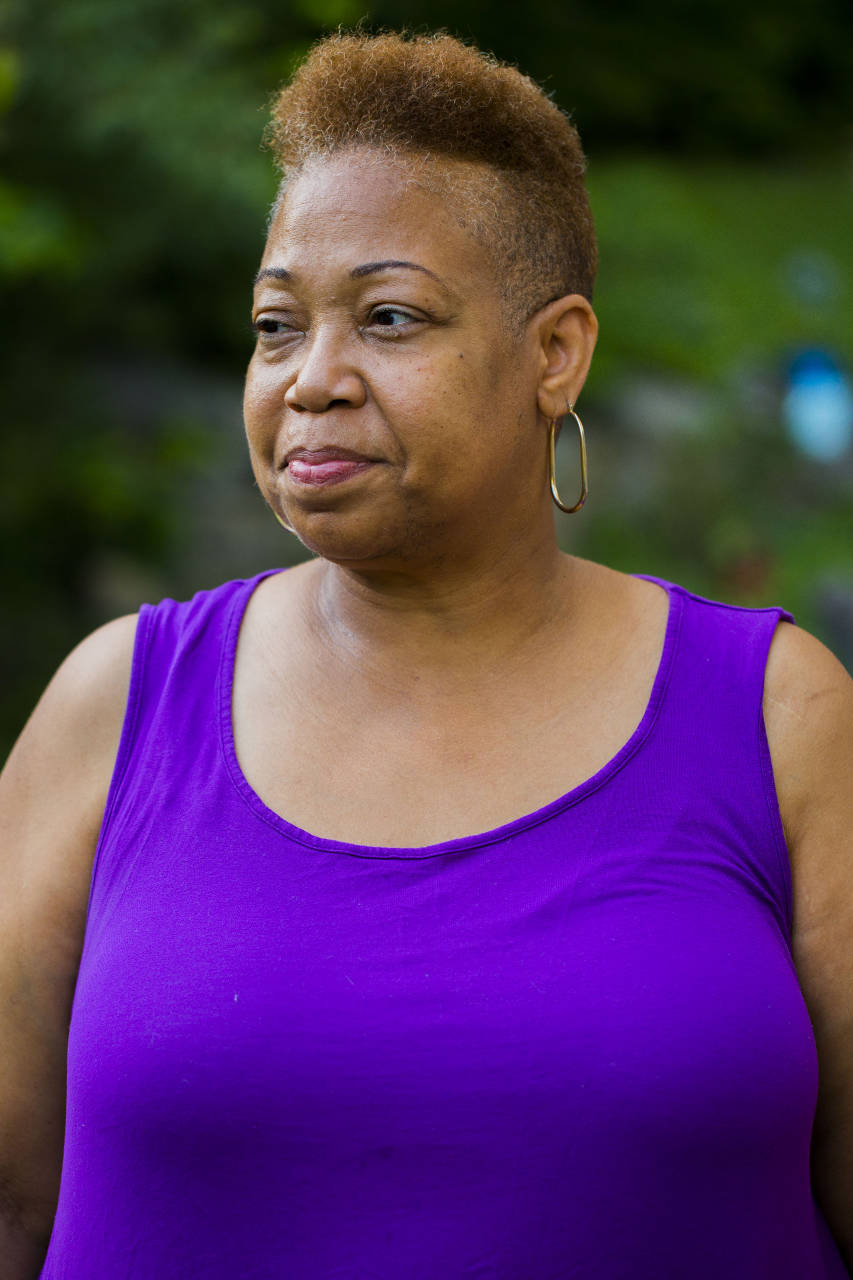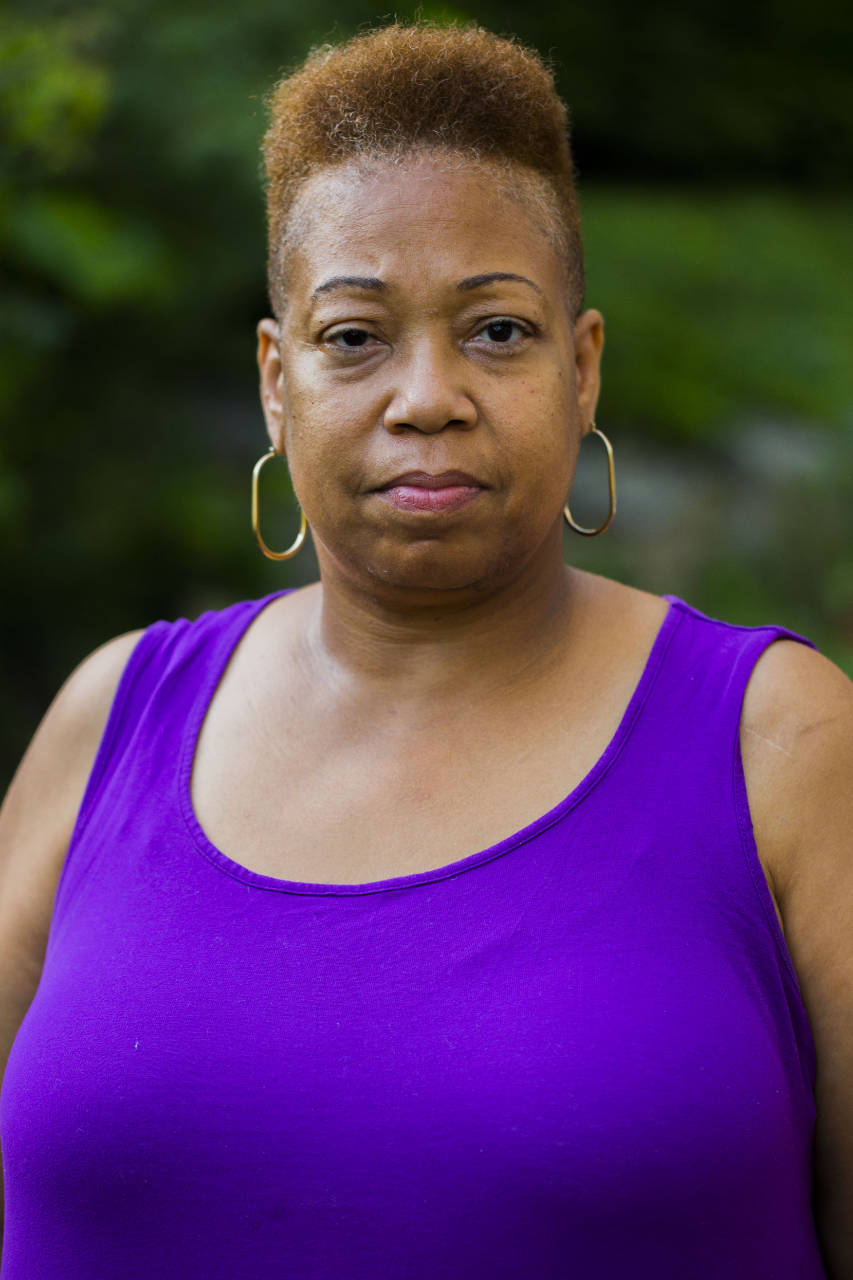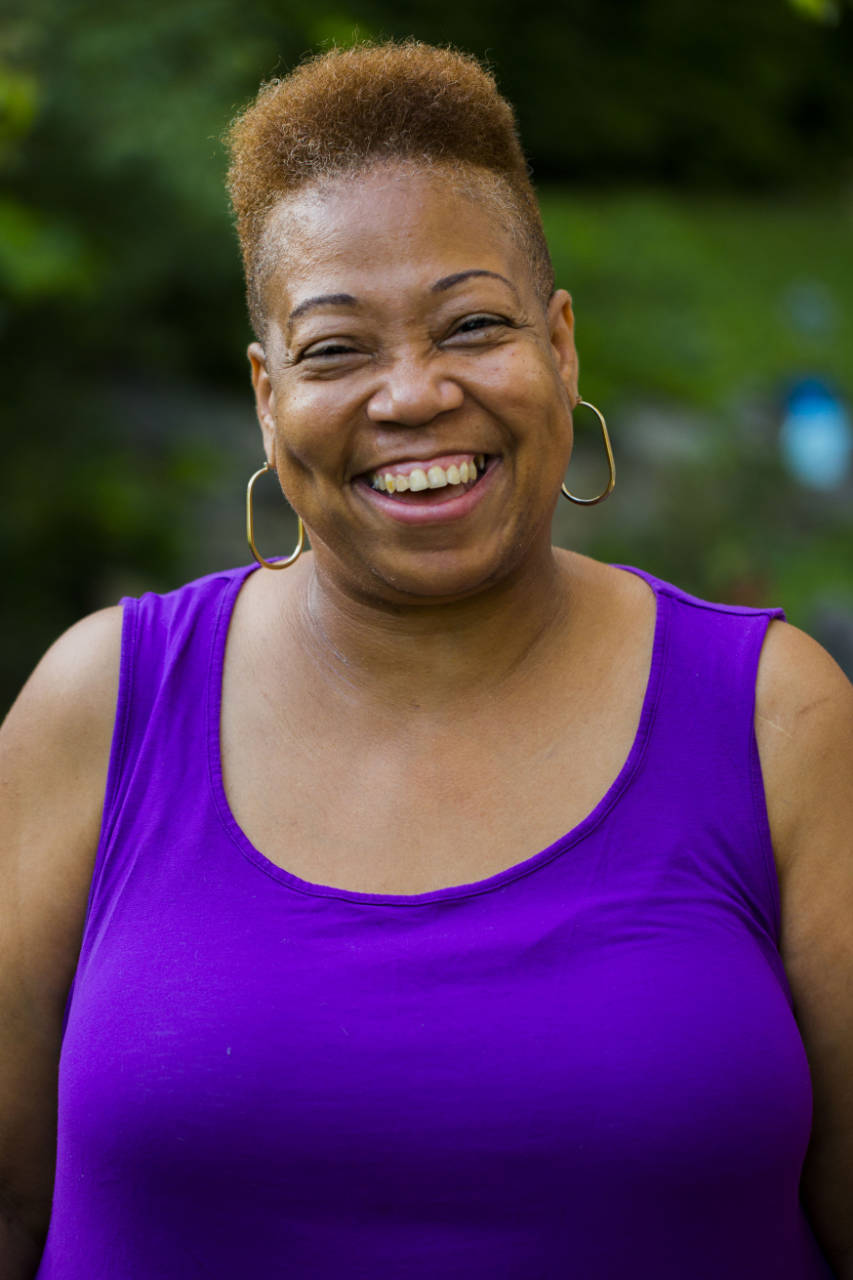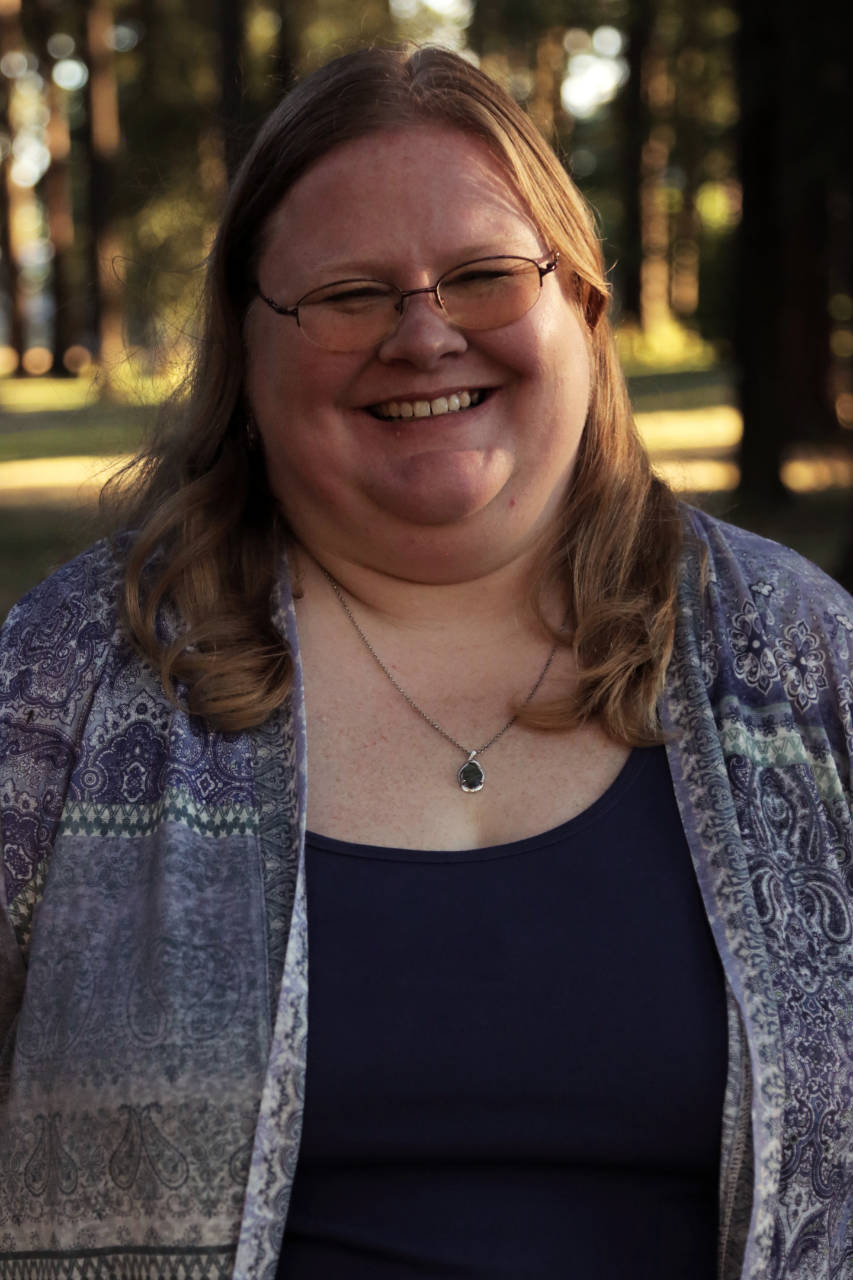Every year, more than 45,000 people die by suicide in America. If that number sounds striking, consider this: For every suicide death, there are 25 suicide attempts.
As the 10th leading cause of death in this country, suicide is an increasing health concern and a growing issue among young people in particular. Recent research shows that more kids, especially girls, are thinking about suicide.
For many survivors, their attempts aren’t isolated incidents. TODAY spoke to people who detailed multiple occasions of trying to end their lives, and in some cases, entire lifetimes spent battling suicidal thoughts, and always feeling as if they’re on the brink of a fatal decision, one that feels largely out of their control.
Watch survivors share their stories:
While suicide attempt survivors are at a greater risk of suicide than the rest of the population, research shows that most do, in fact, survive.
These are some of their stories.
The moments before a suicide
What kind of mindset does someone have to be in to reach the point of suicide? After all, many people think about suicide without ever making an attempt.
While it doesn’t answer what drives someone to that ultimate decision, there is a concept called cognitive constriction that explains what happens in the brain during a suicidal crisis.
“The actual physiological functioning of certain parts of the brain changes in this acute suicidal moment,” said Dr. Christine Moutier, chief medical officer of the American Foundation for Suicide Prevention. “What’s happening in the brain is there’s a narrowing of coping options that stems from changes in the brain’s ability to come up with three or four ideas to problem-solve, like it usually would.”
“It’s really hard to fight with your own brain,” Moutier said. “It’s not letting you access your other ways of thinking.”
Cognitive constriction is often described as a feeling of tunnel vision, as if you’re seeing through a straw, or wearing blinders. People in this state can’t see beyond their circumstances, and don’t believe their pain will ever end. That’s why we hear suicide attempt survivors say phrases like, “I thought it was the only way out.” This also helps dispel the myth that people who die by suicide are weak or selfish; in that state, those traits are irrelevant.
“I’ve heard it described as a mental toothache,” said Dr. Stacey Freedenthal, a psychotherapist in Denver who wrote about her own suicide attempt in The New York Times. “If you have a toothache, all you can think about is the pain in your tooth. And combine that with the conviction that this pain will never end.”
This mental distortion isn’t permanent, but people can’t see that in the moment. That’s part of the reason suicidal people are counseled to come up with safety plans to turn to in a time of crisis, which often consist of a list of people to contact and activities that will calm them down and provide distraction.
Some suicidal gun owners are urged to store their guns outside of the home, or, according to one news story, even freeze their bullets in ice cube trays, with the thinking that by the time the person obtains the means to die, the urge will have passed. And oftentimes, people experiencing cognitive constriction can’t think creatively enough to find an alternate method, Moutier said.
That’s not to say that no suicides are premeditated. Certainly, many are. And while there are countless factors that can contribute to one’s wish to take his or her own life, the ultimate decision is often an impulsive one. Kevin Hines, who survived a leap from the Golden Gate Bridge, has famously said that in the moments after he jumped, he regretted his suicide attempt.
The message is simple: If you can stand to wait, the moment may pass.
“It’s a short period when for a few minutes, maybe up to an hour, that cognitive constriction occurs,” Moutier said. “And that transient nature of the physical change is why if people can live through it, they can regain their usual healthy coping functions and survive long beyond that moment.”
Why most suicide attempt survivors are women
Men are far more likely to die by suicide than women, but more women than men attempt suicide. And most suicide attempt survivors are women. While the Centers for Disease Control and Prevention tracks suicide deaths, but not suicide attempts (it does gather data from hospitals on nonfatal self-harm injuries, but not all of those are necessarily suicide attempts), experts estimate that women attempt suicide somewhere between two and four times more often than men.
Suicide rates on the rise

AGE GROUP
FEMALE
MALE
10 to 14 years old
+142.9%
+78.6%
15 to 24 years old
+54.3%
+26.6%
25 to 34 years old
+28.9%
+25.0%
35 to 44 years old
+14.9%
+9.6%
45 to 53 years old
+13.2%
+2.8%
55 to 64 years old
+36.2%
+10.4%
Over 65 years old
+29.3%
+4.4%

AGE GROUP
FEMALE
MALE
10 to 14 years old
+142.9%
+78.6%
15 to 24 years old
+26.6%
+54.3%
25 to 34 years old
+28.9%
+25.0%
35 to 44 years old
+14.9%
+9.6%
45 to 53 years old
+13.2%
+2.8%
55 to 64 years old
36.2%
+10.4%
Over 65 years old
+29.3%
+4.4%

AGE GROUP
FEMALE
MALE
10 to 14 years old
+142.9%
+78.6%
15 to 24 years old
+26.6%
+54.3%
25 to 34 years old
+28.9%
+25.0%
35 to 44 years old
+14.9%
+9.6%
45 to 53 years old
+13.2%
+2.8%
55 to 64 years old
+36.2%
+10.4%
Over 65 years old
+29.3%
+4.4%
There are many factors that contribute to the fatality difference, but one is guns. “Definitely men use firearms more than women, and women use pills more often, and the fatality rate for the two is very different,” Freedenthal said.
Firearms accounted for 51% of all suicides in 2017. That doesn’t mean that half of people are reaching for guns when they attempt suicide — but the margin of error is certainly much smaller when they do. While experts are hesitant to discuss suicide methods by fatality rates, out of fear of encouraging someone to choose one over another, it’s safe to say that the odds of someone intentionally overdosing on medication are significantly smaller.
Freedenthal has heard about another potential reason for the fatality differences between the sexes, which is based on the idea that women are more likely than men to ask for help when they’re struggling with suicidal feelings.
“The theory is that, as a result, men are more likely to choose a method with a high fatality rate because it may be more abhorrent for them to consider they might survive, and then others would know, and they would need to ask for help,” she added.
But the factors aren’t all sociocultural — we can blame biology in part, too. Mood disorders, which include depression and anxiety, and are a great risk factor for suicide, are far more common in women than men. So are eating disorders.
“So there is a setup, already, that tilts more in the direction of girls and women,” Moutier said.
A difficult conversation
It’s not easy to talk about suicide deaths, but there is at least a recognizable pattern: initial shock followed by a search for missed warning signs and a general delving into someone’s past, followed by a well-meaning but short-lived dispersal of prevention and awareness messages.
But many suicide attempt survivors feel like they’re in an odd place, languishing in some sort of liminal state: They’re not merely pondering suicide. They’ve crossed the line and made serious attempts to end their lives. Yet they’re alive — and dealing with the aftermath.
“We scare the bejesus out of people,” said Jacqueline Elder, a retired therapist and suicide attempt survivor in Chicago who runs a Facebook support group for fellow survivors. “What most clinicians are trained to do is, you just stick the client in the inpatient psych unit as soon as you can. For those of us who suffer from suicidality, we have this huge fear of being incarcerated in inpatient units.”
Others figure they’re beyond treatment.
A striking number of suicide attempts

1,000 Attempts
1,000 Deaths
“When a therapist hears that I’ve shot myself and taken 900 pills … a lot of therapists don’t want to work with someone who’s had those types of events,” Richard Cole said.
While loved ones can play an important role in someone’s recovery after a suicide attempt — experts say just talking and being available is hugely helpful — families may also be at a loss, unsure of what to say or how to behave. And many survivors describe feeling like a burden, not wanting to ask for help, creating a harmful cycle and making connections even harder to foster. Take Shih, who describes her eating issues and depression as “chronic.”
“If I ask for help once, then that just puts a long-term burden on them, too,” she said. “And I don’t think that’s fair.”
Cole said his family experienced “compassion fatigue” after years of hearing him talk about suicide, and helping him recover from his self-inflicted gunshot wound.
“They’ve dealt with me my whole life,” he said. “I’ve been the black sheep for 40-something years. I know that my parents love me, but there’s only so much you can do.”
In addition to medication, many suicidal people benefit from cognitive behavioral therapy and mindfulness techniques. They learn to recognize dangerous behaviors or negative thinking in the moment.
Elder used to keep an orange in her freezer because she loves the smell of citrus and the cold would fire up her senses, serving as a distraction, if only temporary, from her depression and suicidal urges. (Frozen oranges are a common grounding technique for people who have anxiety and post-traumatic stress disorder.)
Elder recalls seeing women walk around with oranges when she was recovering from her depression and suicide attempts at Timberline Knolls Residential Treatment Center in Lemont, Illinois, and continued to rely on the technique when she returned home.
“My son liked the idea so much that we kept an orange in the freezer, and when I began to get upset, he would get the orange and place it in my hands,” she said.
Others use the rubber band method — snapping a rubber band on one’s wrist to provoke a pain response — or they go for a walk in the woods, listen to music or splash water on their face.
“There’s something physical about the experience that helps the brain in those moments,” Moutier said.
For Cole, who believes he will still one day die by suicide, he’s learned to manage his suicidal tendencies in his own way. Sleep, for example, seems to help, as does having a pet, his dog, Duke. He’s also learned to question his intentions for wanting to die.
“I know for myself that sometimes when I’m feeling suicidal, it’s in response to me wanting to be manipulative,” he said. “My wife has hurt me by asking for a divorce, so I’m going to hurt her and kill myself. And I ask myself, is this what I want for myself? And that has been helpful.”
There’s no one path to recovery after a suicide attempt. But research shows that most survivors do go on to live their full, natural lives: 90% of people who survive a suicide attempt do not die from a subsequent attempt, according to experts.
Most of the people TODAY spoke to believe they’ll be managing their mental well-being for the rest of their lives, staying attune to slight shifts in their own mood and watchful for life’s inevitable curveballs. In other words, they live life one day at a time. And for most of them, that’s better than the alternative.
If you or someone you know needs help, please contact the National Suicide Prevention hotline at 1-800-273-8255, anytime.














